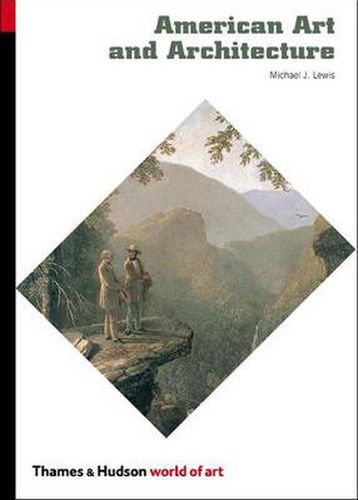Readings Newsletter
Become a Readings Member to make your shopping experience even easier.
Sign in or sign up for free!
You’re not far away from qualifying for FREE standard shipping within Australia
You’ve qualified for FREE standard shipping within Australia
The cart is loading…






This survey provides a complete history of American art and architecture from the seventeenth century to the latest installation and video work. It includes all the major American artists and works, and discusses and illustrates dozens of building types, from the earliest colonial houses and churches to the most spectacular modernist and postmodernist stores, museums, stations, and iconic skyscrapers.
The characteristics of the different periods are defined, highlighting the forms, techniques and styles that mark the works as distinctively American. The ways in which American artists and architects both adopted and diverged from European models to create a language of their own are charted, and Lewis shows how that language eventually came to dominate the rest of the world.
The author dextrously integrates discussions of both buildings and works of art, revealing the shared social and aesthetic concerns that underlie them. Vernacular, religious, secular, and corporate architecture appear alongside painting, sculpture, photography, and new-media art.
$9.00 standard shipping within Australia
FREE standard shipping within Australia for orders over $100.00
Express & International shipping calculated at checkout
This survey provides a complete history of American art and architecture from the seventeenth century to the latest installation and video work. It includes all the major American artists and works, and discusses and illustrates dozens of building types, from the earliest colonial houses and churches to the most spectacular modernist and postmodernist stores, museums, stations, and iconic skyscrapers.
The characteristics of the different periods are defined, highlighting the forms, techniques and styles that mark the works as distinctively American. The ways in which American artists and architects both adopted and diverged from European models to create a language of their own are charted, and Lewis shows how that language eventually came to dominate the rest of the world.
The author dextrously integrates discussions of both buildings and works of art, revealing the shared social and aesthetic concerns that underlie them. Vernacular, religious, secular, and corporate architecture appear alongside painting, sculpture, photography, and new-media art.